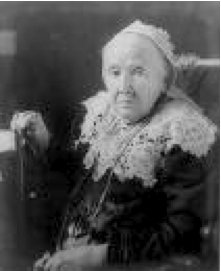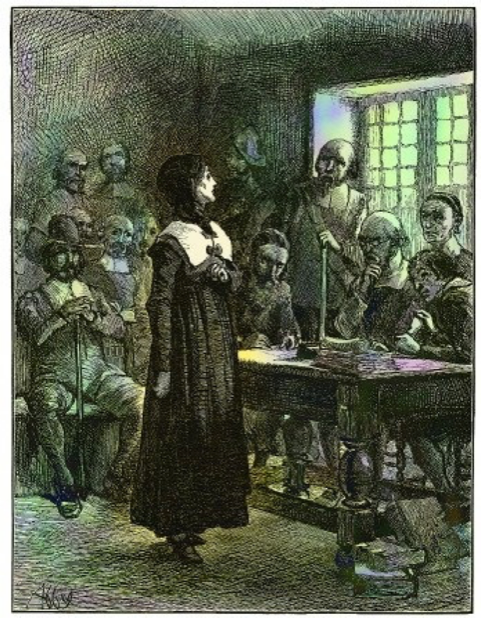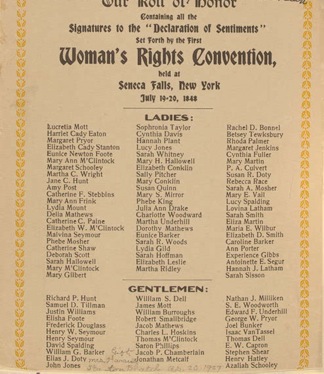“Any religion which sacrifices women to the brutality of men is no religion”
Julia Ward Howe (1819 -1910) Poet, Writer, Activist and Mother of six, was the recipient of many awesome honors including being on a postage stamp. Raised religiously to fight against slavery and for women’s rights, this busy, busy mom was the very first woman elected in 1908 to the American Academy of Arts and Letters. She was inducted into the Songwriters Hall of Fame in 1970. Yes, she wrote a pretty famous song – well a poem actually – written in 1861, that was set to the tune of “John Brown’s Body”. Inspired by an invitation from President Lincoln to visit an army camp, “Battle Hymn of the Republic” (you know it…”Mine eyes have seen the glory of the…”) was the poem for which was paid a whopping five dollars by The Atlanta Monthly. Mothers For Peace was a movement she started – and personally funded – issuing in 1870 the “Mother’s Days Proclamation”, an annual celebration that fizzled out when she stopped funding it. Some confuse this with Mother’s Day, which is credited to Anna Jarvis, an Appalachian homemaker. Julia Ward Howe’s activism and writings inspired many fans. Her husband was not one of them. According to her diary she “had never known her husband to approve of any of the activities that she herself valued”. Yikes! Her diary also said her dear hubby was a violent, controlling and adulterous man who mismanaged HER paternal inheritance. Sounds like she had her hands full with him. In those days, divorce resulted in mothers losing their children, so she hung in there continuing to defy tradition by studying languages and philosophy, writing and enjoying a very public life while raising her four children (two died) who led successful professional lives, preserving their mother’s legacy. A beloved American, social reformer, and Queen Victoria look-a-like, Julia had 4,000 people attend her funeral.


